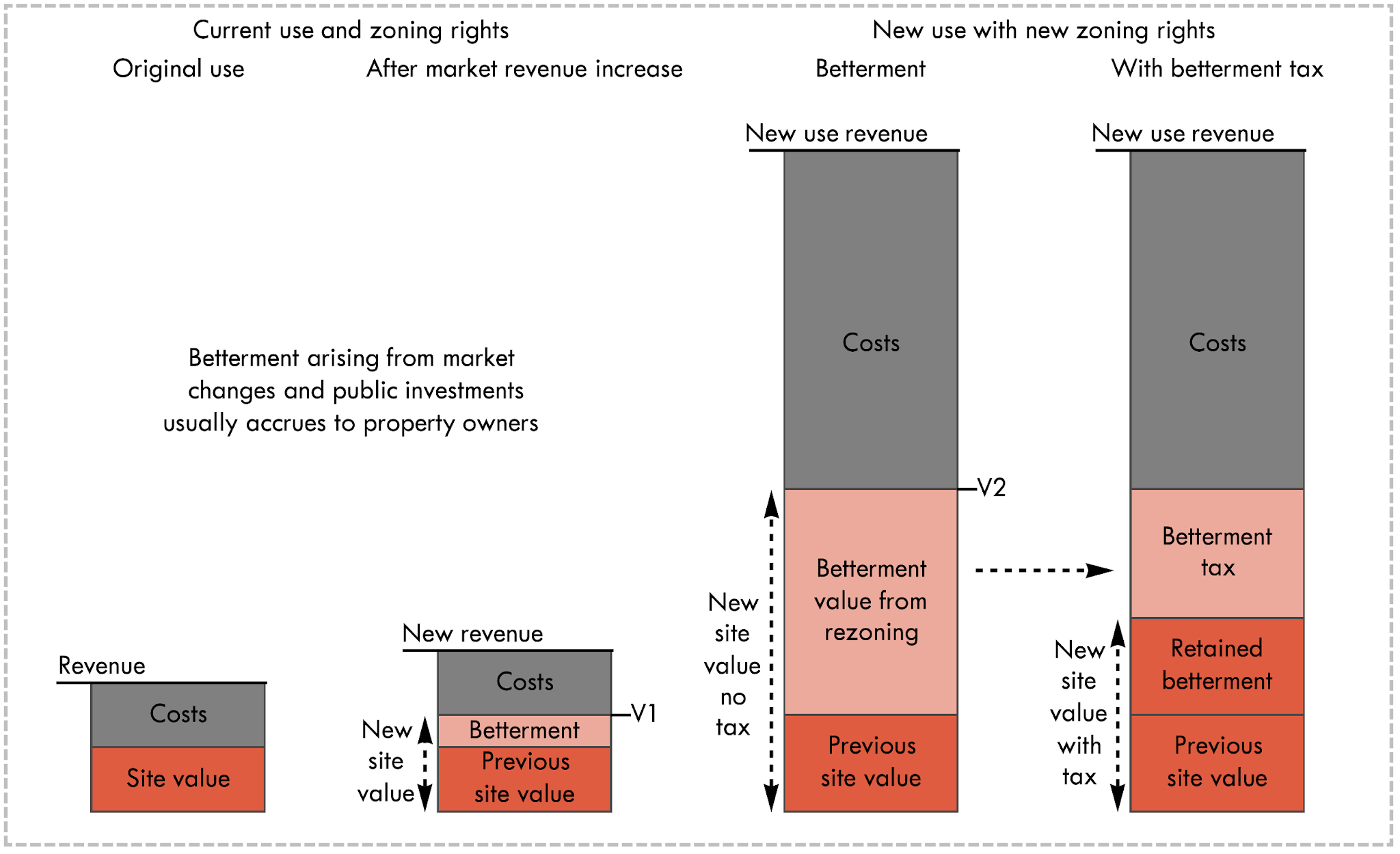First published at AFR here.
Missing from the debate about the human cost of COVID lockdowns is an understanding of how societies produce health and longevity in the first place.
What are the economic and social ingredients of an historically unprecedented 83-year life expectancy in Australia, and are these at risk from our COVID response?
Over the past decade, Australian life expectancy grew one and a half years. That is 35 million life-years gained for a population of the current size.
The sum of all our economic and social life interactions can be thought of as a longevity machine. It produces economic wealth but it also produces health in the form of longer and happier years of life on average.
Economic and health outcomes are tightly related. A functioning economy pays for hospitals and clean affordable food and the roads and ports to ship food, medicine and other goods. Constructing sewage and energy systems, houses that keep us warm and safe, and schools that educate the next generation, are all parts of a functioning economy.
Sure, the economy is imperfect. Some components of the machine are a net negative for longevity, but the overall system does the job.
Delaying and disrupting the operation of the longevity machine costs lives. A day of delay to the machine in Australia costs 9,600 additional life years by pushing back longevity gains. By this metric, lockdowns reduce expected life-years by far more than might be gained from reducing COVID transmission.
In developing countries like India and Nigeria, where life expectancy is much lower (55 and 70 years respectively) but growing faster, each day of delay to their progress costs 1.4 million life-years. This is an astronomically high human cost that must be accounted for and compared to plausible COVID health scenarios.
This big picture longevity machine view of how social and economic processes create longevity might seem strange to some people. But it is a useful approach when looking at large-scale disruptions from lockdowns because it is surprisingly difficult to break out exactly what elements of social and economic life produce health outcomes. Is it diet? Friendship and social support? Education? Work quality? Family stability? Healthcare services? All have individual and coordinated effects, and all get disrupted by lockdowns in a variety of ways.
We can, however, look at some of the disruptions to different parts of the longevity machine to get a feel for how they cause irreversible reductions to health.
For example, prioritising COVID medical research above other diseases is likely to slow the longevity machine. The delay of other medical diagnoses, treatments and routine vaccinations will generate huge irreversible health costs for years. Due to border closures and supply issues from lockdowns, delays to global childhood vaccination programs are estimated to have already cost over a million lives of children under age five. Converting into life-years remaining at death, this cost alone would constitute more harm to human health than COVID.
We know that average population immunity to other circulating viruses has diminished due to declines in human interaction, creating new outbreaks in children of other deadly viruses such as respiratory syncytial virus (RSV). Global poverty has taken off, as has inequality within countries. Both are factors that reduce longevity.
Mental health is on the decline, binge drinking is up, teenage suicide attempts are up, and demand for counselling services is up. Surveys of well-being show unprecedented falls.
The freedom to travel and take memorable vacations are on the decline, reducing well-being. The kindness that happens in chance human interactions in daily life is down.
Childbearing has been delayed globally, meaning many women will now have fewer children than they desire because of this delay, a blow to their well-being.
Important life events such as high school formals, weddings and funerals, family reunions, birthday celebrations, and milestone sports and cultural events for budding young athletes, musicians and performers are all off the cards, with no chance of catching up for these losses in the future.
Australian governments have been extremely proactive with economic stimulus policies, providing fuel for the longevity machine to recover. But time cannot be recovered. Many lockdown losses, such as those described above, are locked in and will be felt for decades to come.
A public health mantra is that when combatting a single cause of death, one must avoid unintended health costs elsewhere, lest you inadvertently worsen overall health outcomes by your response. This is why pandemic plans prior to 2020 did not support large-scale lockdowns, and indeed, cited risks that behavioural changes might worsen virus propagation as well as health due to other factors.
But these diverse and often hidden health outcomes do not attract much media attention. Thinking about how the sum of social and economic activities as a longevity machine can show just how big a health risk even small disruptions make.






















